Abstract: How to interface the DS2172/DS21372 BERT to all Dallas Semiconductor family of T1/E1 framers and single-chip transceivers (SCTs).

Figure 1. Framer/SCT to DS2172/DS21372 interface.
The RCHBLK and TCHBLK outputs from the framer/SCT are used to determine the time slot or band in which the BERT is to transmit or receive data. These pins are programmed using the RCHBLK/TCHBLK registers. The RCHBLK/TCHBLK pins are normally low; writing the register bits to one will set the pin to a high voltage during that time slot. In this configuration, setting the RCHBLK and TCHBLK pins high enables the DS2172/DS21372 to transmit and receive data.
Figure 1 shows the DS21x5y with the elastic stores disabled. If the elastic stores are enabled, the user will use the system clock (TSYSCLK, RSYSCLK) as inputs to the DS2172/DS21372 rather than RCLK and TCLK.
Note: In T1 framers/SCTs, the TCHBLK/RCHBLK pin cannot be configured to be high during the F-bit position. This means the DS2172/DS21372 cannot source data during the F-bit position of each frame. E1 framers/SCT TCHBLK/RCHBLK can be programmed to be high during the entire frame. Listed below are the TCHBLK/RCHBLK registers for any E1 framer or any E1-only SCT listed above.
RCBR1/RCBR2/RCBR3/RCBR4: Receive-Channel Blocking Registers
TCBR1/TCBR2/TCBR3/TCBR4: Transmit-Channel Blocking Registers
Listed below are the TCHBLK/RCHBLK registers for any T1 framer or any T1-only SCT listed above.
RCBR1/RCBR2/RCBR3: Receive-Channel Blocking Registers
TCBR1/TCBR2/TCBR3: Transmit-Channel Blocking Registers
If you have further questions about connecting any of our framers/SCTs to our BERTs, then please contact the Telecommunication Applications support team via email telecom.support@dalsemi.comor call 972-371-6555.
Introduction
This application note shows a how to connect a Dallas BERT to a Dallas framer/single-chip transceiver (SCT). This application note applies to the following products:| T1 Framers | E1 Framers | T1 SCTs | E1 SCTs | T1/E1 SCTs |
| DS2141 | DS2143 | DS2151 | DS2153 | DS2156 |
| DS21Q41 | DS21Q43 | DS2152 | DS2154 | DS2155 |
| DS21Q42 | DS21Q44 | DS21352 | DS21354 | DS21Q55 |
| DS21FF42 | DS21FF44 | DS21552 | DS21554 | DS21455 |
| DS21FT42 | DS21FT44 | DS21Q552 | DS21Q554 | DS21458 |
| DS21Q352 | DS21Q354 |
General Configuration
The circuit in Figure 1 describes a method of interfacing the DS2172/DS21372 bit error-rate tester (BERT) to the Dallas Semiconductor family of T1/E1 framers and single-chip transceivers. This diagram illustrates how the BERT can be used in a real system with the use of a multiplexer to determine whether to put the system in test mode and use the BERT or to disable the BERT and send normal data. The receive side of the DS2172/DS21372 can be connected directly to the receive-data stream of the framer/SCT. The DS21372 is a 3.3V version of the DS2172.
Figure 1. Framer/SCT to DS2172/DS21372 interface.
The RCHBLK and TCHBLK outputs from the framer/SCT are used to determine the time slot or band in which the BERT is to transmit or receive data. These pins are programmed using the RCHBLK/TCHBLK registers. The RCHBLK/TCHBLK pins are normally low; writing the register bits to one will set the pin to a high voltage during that time slot. In this configuration, setting the RCHBLK and TCHBLK pins high enables the DS2172/DS21372 to transmit and receive data.
Figure 1 shows the DS21x5y with the elastic stores disabled. If the elastic stores are enabled, the user will use the system clock (TSYSCLK, RSYSCLK) as inputs to the DS2172/DS21372 rather than RCLK and TCLK.
Note: In T1 framers/SCTs, the TCHBLK/RCHBLK pin cannot be configured to be high during the F-bit position. This means the DS2172/DS21372 cannot source data during the F-bit position of each frame. E1 framers/SCT TCHBLK/RCHBLK can be programmed to be high during the entire frame. Listed below are the TCHBLK/RCHBLK registers for any E1 framer or any E1-only SCT listed above.
RCBR1/RCBR2/RCBR3/RCBR4: Receive-Channel Blocking Registers
| Address (2B to 2E Hex) |
(MSB) | (LSB) | ||||||
| RCBR1 (2B) | CH8 | CH7 | CH6 | CH5 | CH4 | CH3 | CH2 | CH1 |
| RCBR2 (2C) | CH16 | CH15 | CH14 | CH13 | CH12 | CH11 | CH10 | CH9 |
| RCBR3 (2D) | CH24 | CH23 | CH22 | CH21 | CH20 | CH19 | CH18 | CH17 |
| RCBR4 (2E) | CH32 | CH31 | CH30 | CH29 | CH28 | CH27 | CH26 | CH25 |
| Name | Position | Function |
| CH1µ32 | RCBR1.0µ4.7 | Receive-Channel Blocking Control Bits 0 = force the RCHBLK pin to remain low during this channel time 1 = force the RCHBLK pin high during this channel time |
TCBR1/TCBR2/TCBR3/TCBR4: Transmit-Channel Blocking Registers
| Address (22 to 25 Hex) |
(MSB) | (LSB) | ||||||
| TCBR1 (22) | CH8 | CH7 | CH6 | CH5 | CH4 | CH3 | CH2 | CH1 |
| TCBR2 (23) | CH16 | CH15 | CH14 | CH13 | CH12 | CH11 | CH10 | CH9 |
| TCBR3 (24) | CH24 | CH23 | CH22 | CH21 | CH20 | CH19 | CH18 | CH17 |
| TCBR4 (25) | CH32 | CH31 | CH30 | CH29 | CH28 | CH27 | CH26 | CH25 |
| Name | Position | Function |
| CH1µ32 | TCBR1.0µ4.7 | Transmit-Channel Blocking Control Bits 0 = force the TCHBLK pin to remain low during this channel time 1 = force the TCHBLK pin high during this channel time |
Listed below are the TCHBLK/RCHBLK registers for any T1 framer or any T1-only SCT listed above.
RCBR1/RCBR2/RCBR3: Receive-Channel Blocking Registers
| Address (6C to 6E Hex) |
(MSB) | (LSB) | ||||||
| RCBR1 (6C) | CH8 | CH7 | CH6 | CH5 | CH4 | CH3 | CH2 | CH1 |
| RCBR2 (6D) | CH16 | CH15 | CH14 | CH13 | CH12 | CH11 | CH10 | CH9 |
| RCBR3 (6E) | CH24 | CH23 | CH22 | CH21 | CH20 | CH19 | CH18 | CH17 |
| Name | Position | Function |
| CH1µ24 | RCBR1.0µ3.7 | Receive-Channel Blocking Control Bits 0 = force the RCHBLK pin to remain low during this channel time 1 = force the RCHBLK pin high during this channel time |
TCBR1/TCBR2/TCBR3: Transmit-Channel Blocking Registers
| Address (32 to 34 Hex) |
(MSB) | (LSB) | ||||||
| TCBR1 (32) | CH8 | CH7 | CH6 | CH5 | CH4 | CH3 | CH2 | CH1 |
| TCBR2 (33) | CH16 | CH15 | CH14 | CH13 | CH12 | CH11 | CH10 | CH9 |
| TCBR3 (34) | CH24 | CH23 | CH22 | CH21 | CH20 | CH19 | CH18 | CH17 |
| Name | Position | Function |
| CH1µ24 | TCBR1.0µ3.7 | Transmit-Channel Blocking Control Bits 0 = force the TCHBLK pin to remain low during this channel time 1 = force the TCHBLK pin high during this channel time |
Conclusion
This application note has shown how to connect our framers/SCTs to our DS2172/DS21372 BERT.If you have further questions about connecting any of our framers/SCTs to our BERTs, then please contact the Telecommunication Applications support team via email telecom.support@dalsemi.comor call 972-371-6555.
 电子发烧友App
电子发烧友App










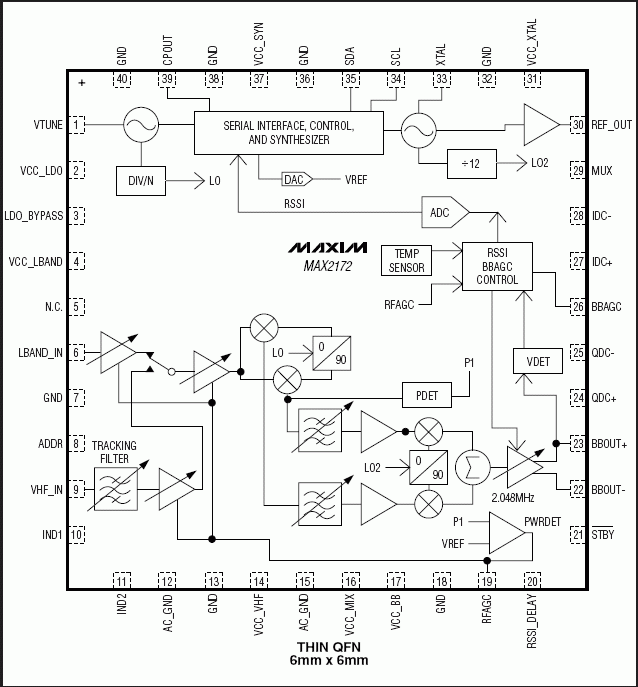
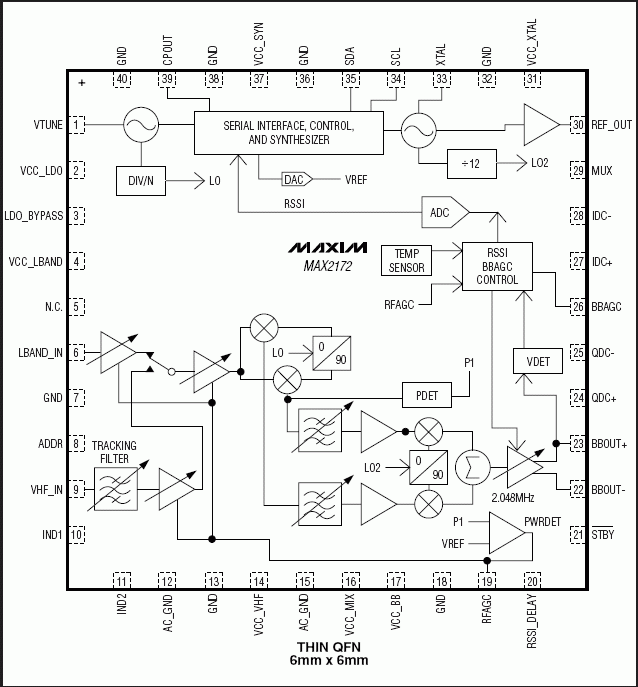

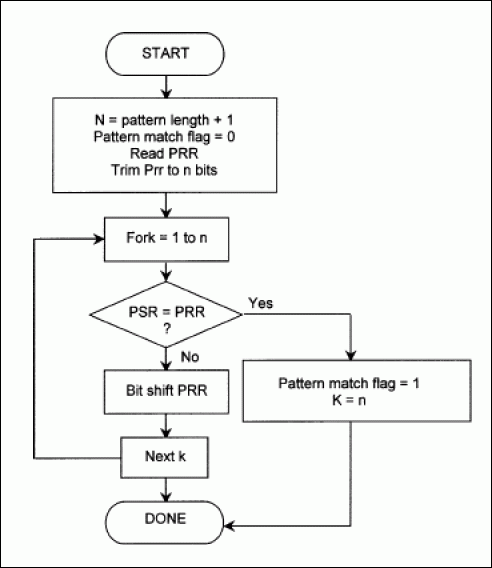
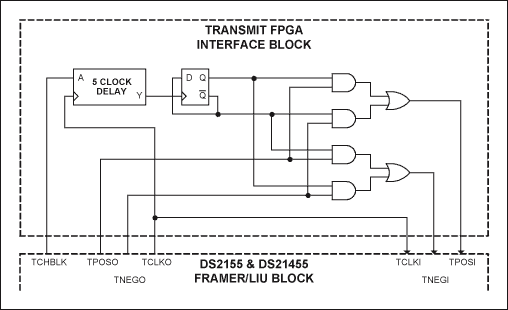
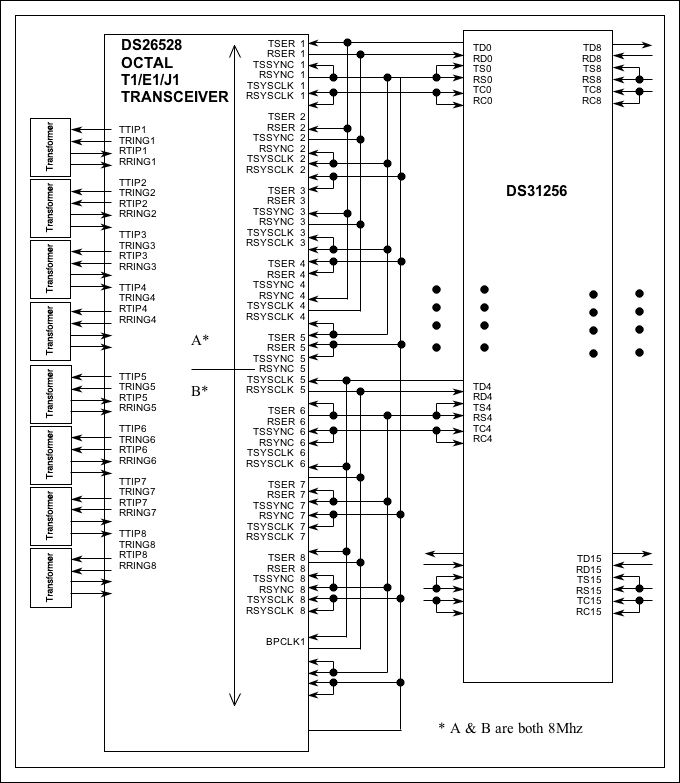
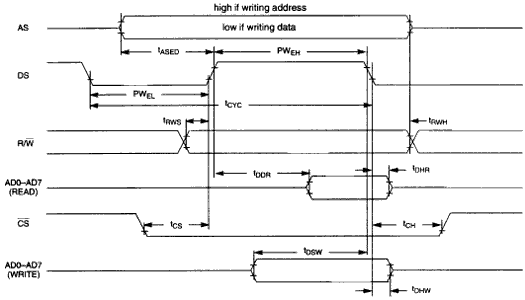


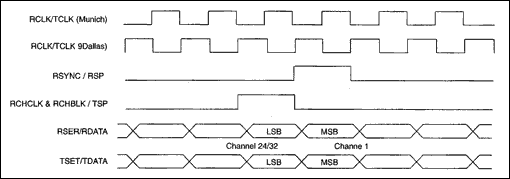

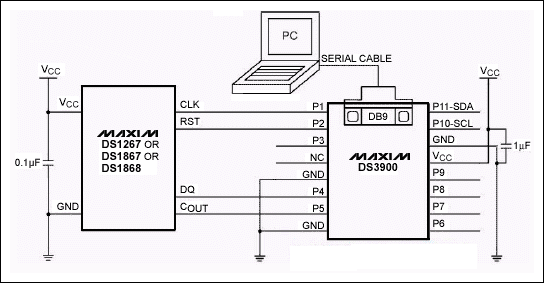
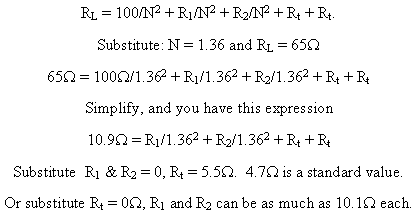
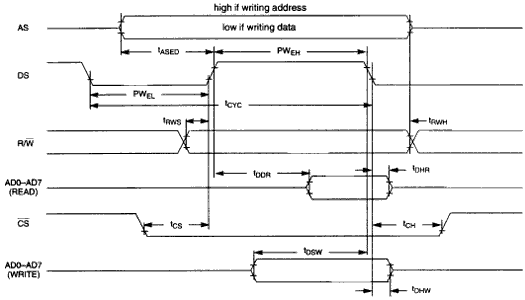



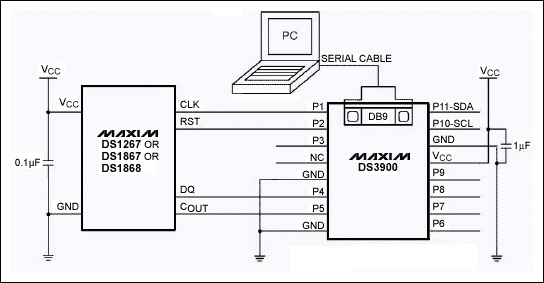




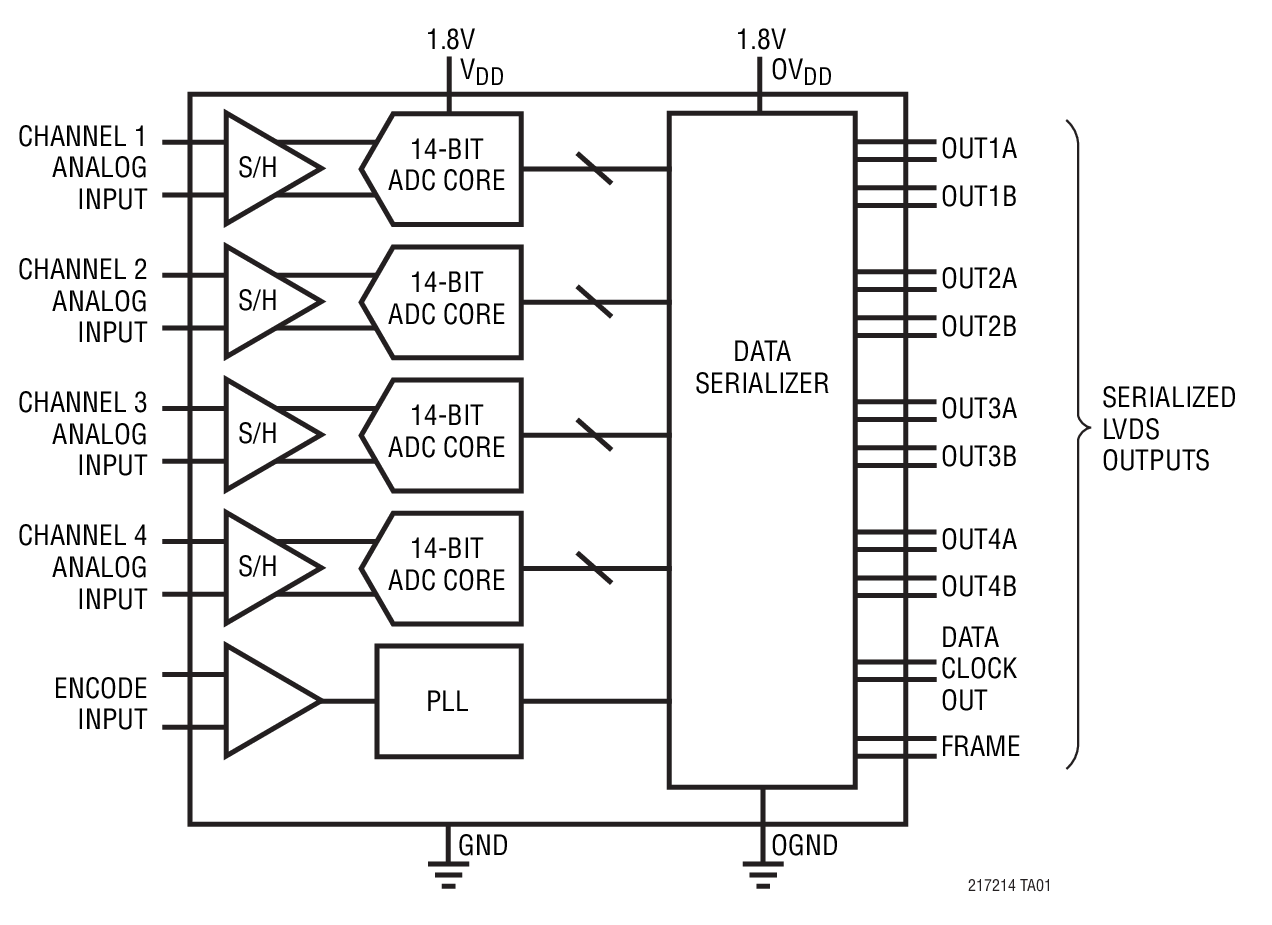

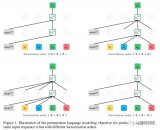
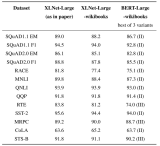
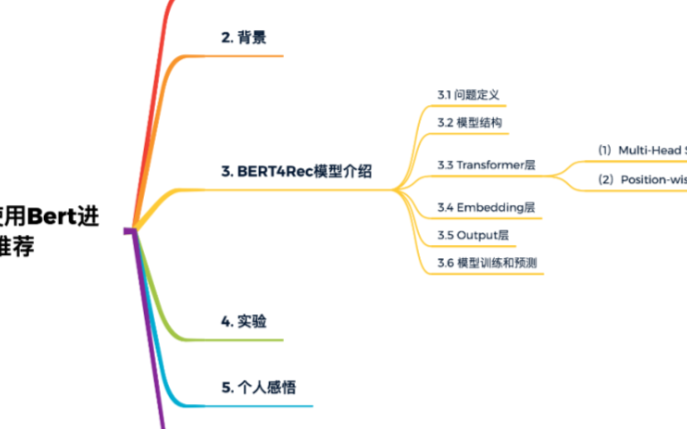


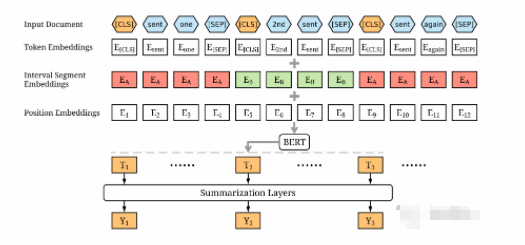
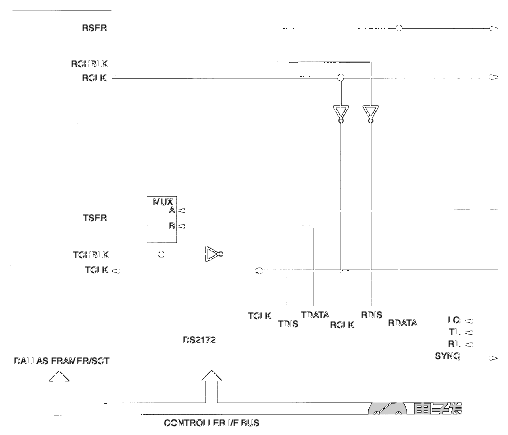

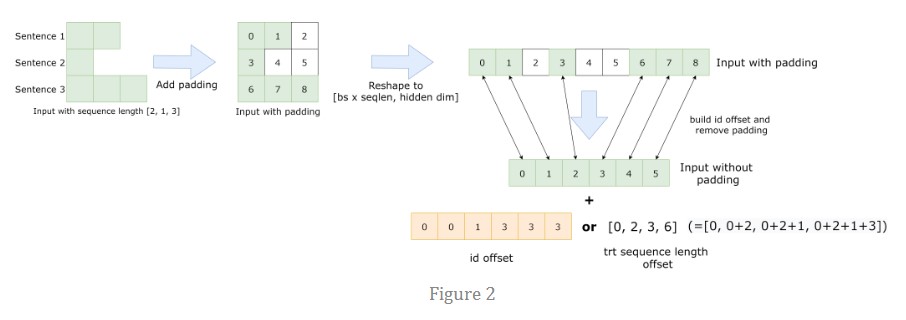











评论